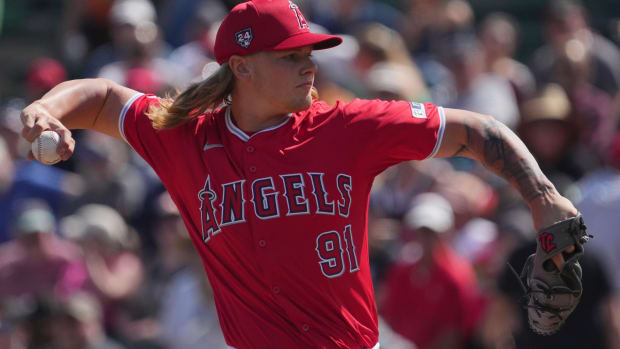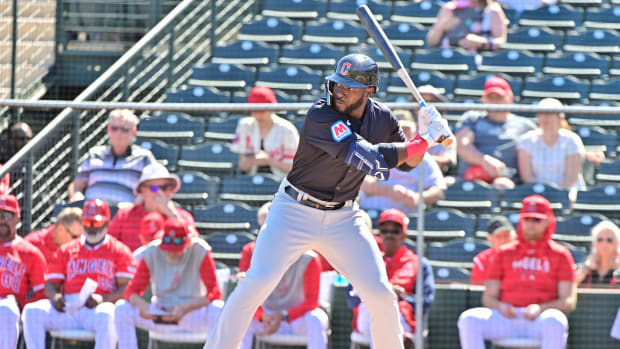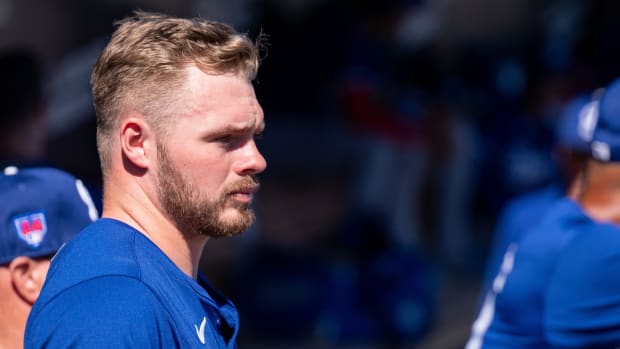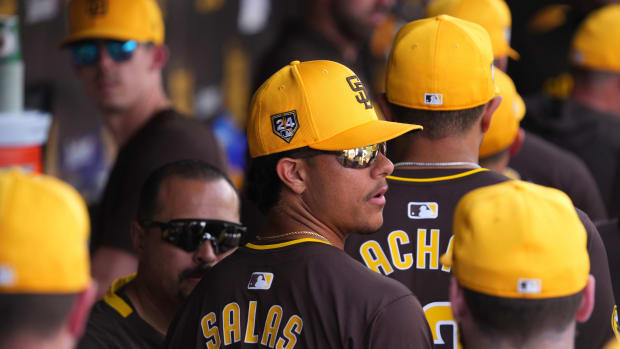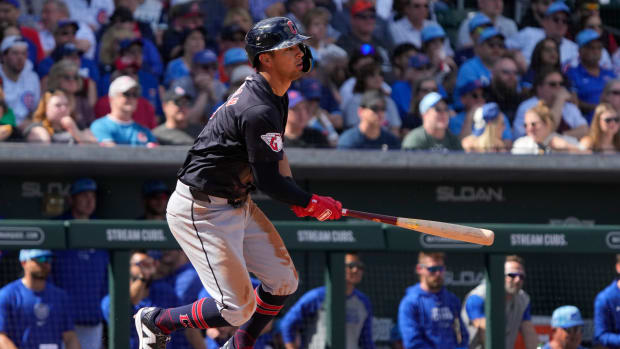The Start of the MLB Regular Season Is in Jeopardy
When Major League Baseball owners reached out to a federal mediator for help Thursday, it was a commentary on more than just two months of fruitless talks with the players to end the lockout. It also reflected how the two sides have agreed on virtually nothing for the past three years.
Agreement on when to start a COVID-19-interrupted season in 2020? Nope. Agreement on trading a universal DH for an expanded postseason? Nope. Agreement to shorten the ’21 season with full pay out of COVID-19 caution? Nope. Agreement on a networks-approved 14-team postseason in ’22? Nope.
Now you can add another whiff: agreement on a federal mediator? Nope.
The union rejected MLB’s request for help from the Federal Mediation and Conciliation Service. It said in a statement, “Two months after implementing their lockout, and just two days after committing to Players that a counterproposal would be made, the owners refused to make a counter, and instead requested mediation. After consultation with our Executive Board, and taking into account a variety of factors, we have declined this request.
“The clearest path to a fair and timely agreement is to get back to the table. Players stand ready to negotiate.”
Just about the only common ground the two sides have found over three years was on health and safety protocols related to COVID-19, because without them there would be no baseball.
At the glacial rate of these lockout talks and three years at loggerheads, the start of the season, not just pitchers and catchers, is in jeopardy. Think of Feb. 28 as the deadline to have an agreement to save the 162-game season. That leaves only 24 days to get an agreement and to get both sides to ratify it.
“Our goal is to have players on the field and fans in the ballparks for Spring Training and Opening Day,” said an MLB spokesperson in a statement. “With camps scheduled to open in less than two weeks, it is time to get immediate assistance from the Federal Mediation and Conciliation Service to help us work through our differences and break the deadlock. It is clear the most productive path forward would be the involvement of an impartial third party to help bridge gaps and facilitate an agreement.”
The union saw it as unnecessary. It can recall a poor experience with a mediator in the 1994–95 strike, when President Bill Clinton appointed Bill Usery to serve as mediator. After 4 ½ months of mediation and at Clinton’s request, Usery made a proposal to try to settle the stalemate. It backfired. Then MLBPA executive director Donald Fehr at the time called Usery’s plan “easily the most one-sided proposal that we have seen or heard about.”
Mediators, though, typically do not make proposals. They offer nonbinding assistance while speaking separately and in confidence to each side. The owners wanted Scot Beckenbaugh, national representative for the FMCS. And why not? Beckenbaugh is the Mike Trout of mediators. He helped broker agreements in 2010 with Major League Soccer and its players, in ’12 with the NFL and its referees, in ’13 with the NHL and its players, and in ’14 and ’19 with Professional Referee Organization and its soccer officials. He is not Bill Usery. It is a different time and place.
Talks have not progressed much since last May. Owners, for instance, told the union “we don’t have the votes” to ratify any cuts to revenue-sharing funds to smaller revenue teams. Any change, they said, was a nonstarter. The players still are asking to cut those payments, though, they did drop their ask from $100 million to about $30 million. Likewise, there has been little movement on arbitration eligibility (another nonstarter to owners), competitive balance tax, the postseason format, and how to steer additional money to young players.
It was a contentious 90-minute meeting last week that prompted the owners to seek Beckenbaugh’s help. Players took one week to make a counter in which, for instance, they dropped the amount of a bonus pool proposal from $105 million to $100 million.
It is not clear where the urgency exists in these talks. It did not exist on Dec. 2, when the collective bargaining agreement expired and the lockout began. “Really, most players’ offseasons aren’t going to change because of [the deadline],” Braves pitcher Charlie Morton told The Athletic in late November.
It was thought the impending first workouts of pitchers and catchers on Feb. 16 would inject urgency, but that has not been the case. Likewise, it may be a mistake to think Feb. 28 or thereabout would create the pressure of a deadline.
These negotiations have taken on the look of playing the long game. Back in December, an agent told me he expected the disagreement to last until May. It’s possible that the experience of the COVID-19-shortened season of 2020 has decreased the usual urgency of the baseball calendar. Players adjusted to training on their own for a shorter season with prorated pay. Playoffs were held, a world champion was decided, and awards were handed out. The next year, out of COVID-19 concerns, MLB proposed playing 154 games. The common belief when the lockout began was that the baseball calendar would be the pressure point to force an agreement. It now appears that belief may have been overstated.
Giants pitcher Alex Wood captured the distance and distrust between the two sides when he tweeted, “How can MLB request for there to be a mediator from the federal government to help with negotiations when they literally haven’t done any negotiating up to this point?”
More MLB Coverage:
• Spring Training Is Unlikely to Begin on Time
• WAR Is Not the Solution for Baseball’s Labor Woes
• The Infield of Active Players Closest to the Cooperstown Cut Line
• The Outfield of Active Players Closest to the Cooperstown Cut Line
• The Active Pitchers and DHs Closest to the Cooperstown Cut Line































